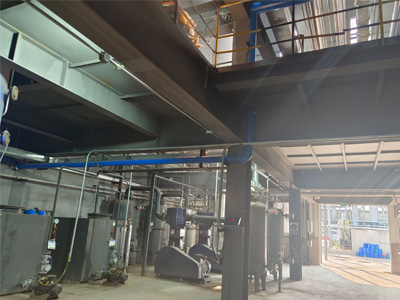poly aluminium chloride for drinking water
Poly Aluminium Chloride for Drinking Water Treatment
Poly aluminium chloride (PAC) is an inorganic polymer with the formula [Al2(OH)nCl6-n]m, well-known for its application in water treatment processes. This coagulant has become a vital component in purifying drinking water, owing to its efficiency in removing impurities and ensuring safe water quality. The increasing global demand for clean drinking water, combined with the challenges posed by pollution and water scarcity, has spurred interest in effective water treatment chemicals such as PAC.
Properties of Poly Aluminium Chloride
PAC is characterized by its high solubility in water and its ability to create larger flocs, which promote efficient sedimentation in conventional coagulation processes. Its structure consists of aluminium ions coordinated with hydroxyl and chloride ions, which contribute to its excellent coagulation properties. The polymeric nature of PAC enhances its performance compared to traditional coagulants like aluminium sulfate, making it preferable for many water treatment applications. PAC exhibits a wide pH range of effectiveness (typically pH 5-7), allowing it to function optimally under various conditions.
Mechanism of Action
The effectiveness of PAC in drinking water treatment stems from its unique mechanism of action. When added to water, PAC dissociates to release aluminium ions that neutralize the charges of suspended particles, bacteria, and other contaminants present in the water. This neutralization process encourages the formation of microflocs—tiny aggregates of particles. As these microflocs grow in size through continued aggregation, they facilitate the formation of larger flocs, which are easier to remove through sedimentation or filtration. This process not only enhances the removal of turbid materials but also minimizes the presence of pathogens, ensuring that the treated water is safe for consumption.
Advantages of Using PAC
poly aluminium chloride for drinking water

One of the most significant advantages of using PAC in drinking water treatment is its efficiency in low concentrations. PAC can achieve higher coagulant performance at reduced dosage rates compared to traditional coagulants. This efficiency results in less sludge generation, reducing the disposal challenges commonly associated with water treatment processes. Furthermore, PAC tends to operate effectively over a broad range of water quality, which is crucial in areas where water sources may vary in composition.
Another advantage of PAC is its ability to improve water quality indicators. Treated water using PAC exhibits lower turbidity, reduced color, and, importantly, lower levels of harmful microorganisms, making it suitable for consistent public health standards. Moreover, the residual aluminium found in treated water is significantly lower compared to treatments using conventional aluminium sulfate, mitigating concerns regarding potential health risks associated with aluminium exposure.
Environmental Considerations
Despite its numerous benefits, the use of PAC is not devoid of environmental considerations. While PAC generates less sludge, the disposal of PAC residue can still pose challenges. It is essential for water treatment facilities to adopt sustainable practices in managing coagulant residues. Additionally, the long-term effects of aluminium exposure on human health are still a subject of research, necessitating ongoing monitoring of aluminium levels in treated water.
Conclusion
In conclusion, poly aluminium chloride has emerged as a fundamental player in the realm of drinking water treatment. Its superior coagulation properties, coupled with efficiency and effectiveness across varying water qualities, make it an invaluable resource for public health. As global water challenges intensify, embracing advanced coagulants like PAC will likely play a pivotal role in ensuring the availability of safe drinking water. Ongoing research and development will continue to refine its applications and address any environmental concerns, solidifying PAC’s position as a key technology in modern water treatment practices.
-
Water Treatment with Flocculant Water TreatmentNewsJun.12,2025
-
Polymaleic AnhydrideNewsJun.12,2025
-
Polyaspartic AcidNewsJun.12,2025
-
Enhance Industrial Processes with IsothiazolinonesNewsJun.12,2025
-
Enhance Industrial Processes with PBTCA SolutionsNewsJun.12,2025
-
Dodecyldimethylbenzylammonium Chloride SolutionsNewsJun.12,2025





